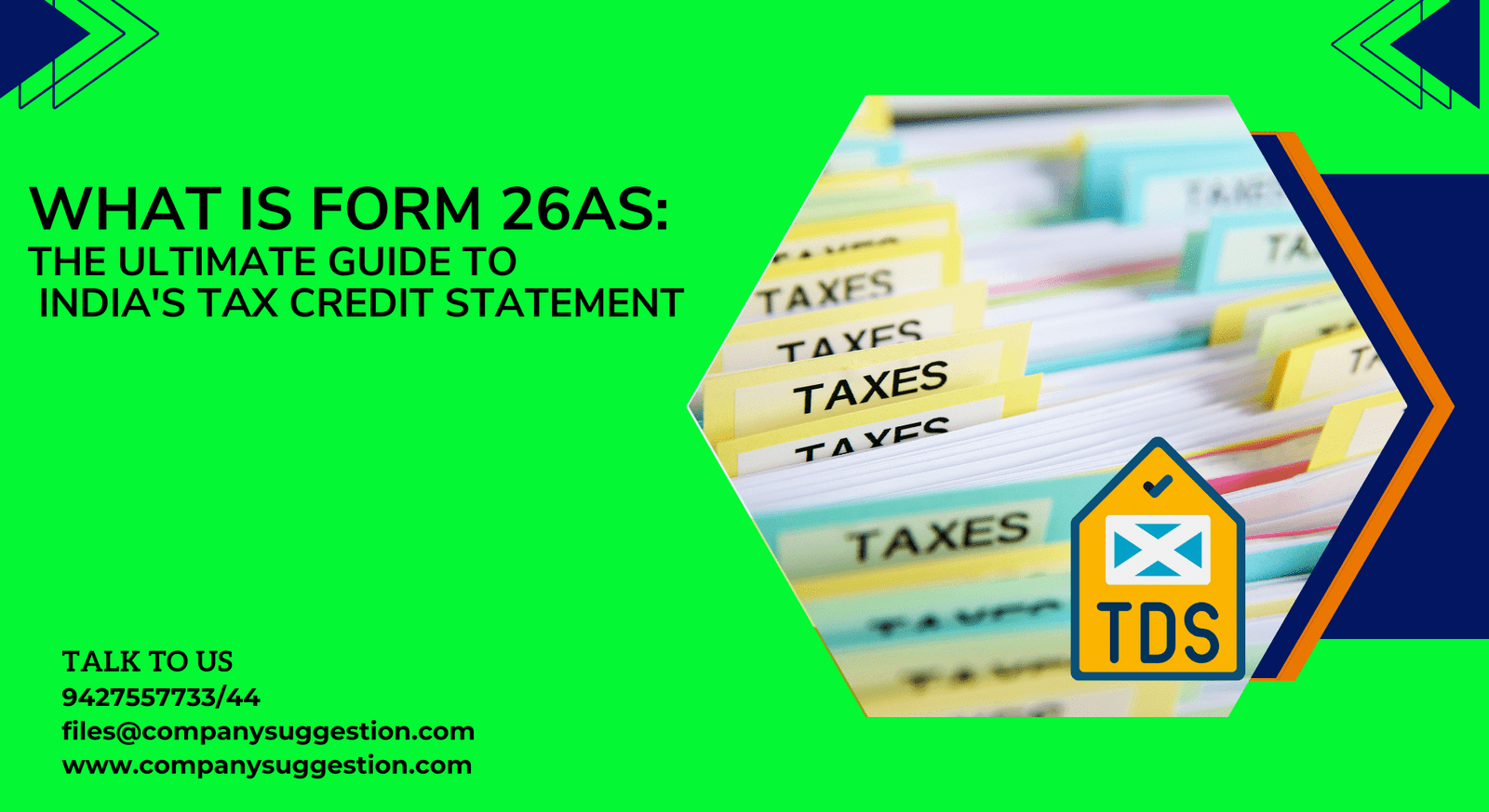March months rings in alarm amongst taxpayers who haven’t saved enough taxes for the financial year. The tax-saving window ends on 31st March of every fiscal year. U can invested the amount in tax saver securities or funds to avail the deduction in the taxable income. If your employer has deducted higher TDS for not submitting tax-saving investment proofs, then you can claim ITR refund while filing returns but you have to invest in tax saver securities or funds before 31st March.
Tax Saver Securities/Funds:
The following are some of the ways you can reduce your taxable income for FY 2019-20:
1) Invest in Government Schemes under Section 80(C):
If you are salaried and have not made enough contributions towards Employees’ Provident Fund (EPF), then you can consider investing in government offered schemes such as Public Provident Fund (PPF), National Savings Certificate (NSC), and National Pension Scheme (NPS). These investments will accumulate a significant corpus over time and will be of great use in future.
| Investment | Returns | Lock-in Period |
|---|---|---|
| 5-Year Bank Fixed Deposit | 6% to 7% | 5 years |
| Public Provident Fund (PPF) | 7% to 8% | 15 years
(Partial withdrawals are allowed after 7 years) |
| National Savings Certificate | 7% to 8% | 5 years |
| National Pension System (NPS) | 12% to 14% (Variable) | Till Retirement (Partial withdrawals are allowed after 15 years) |
| ELSS Funds | 15% to 18% (Variable) | 3 years |
a)Investments in Tax Saving FDs:
Tax-saving FDs are like regular fixed deposits but come with a lock-in period of 5 years and tax break under Section 80C on investments of up to Rs 1.5 lakh.
Eligibility : Can be opened by Resident Indian individuals.
Liquidity: Fixed Deposits have lock-in period of 5 years.
Rate of Interest : FD interest rate across different banks ranges from 6% to 7.75%
Investment Limit: Minimum investment limit is Rs 1000.
Tax Treatment : Interest earned in taxable.
b)Investments in PPF (Public Provident Fund):
PPF are long term investments backed by government of India. Deposits made in a PPF account are eligible for tax deductions under Section 80C.
Eligibility : Can be opened by Resident Indian individuals, salaried and non-salaried individuals. A HUF cannot open a PPF account.
Liquidity: PPF account have lock-in period of 15 years, but can be further extended by 5 years. Partial withdrawals are allowed after 7 years.
Rate of Interest : Current interest rate is 8.0% p.a.
Investment Limit: Minimum and maximum investment limit is Rs 500 and Rs 1.5 lakh respectively.
Tax Treatment : Interest earned is tax-free.
c)Investments in EPF (Employee Provident Fund):
EPF is a retirement benefit scheme that is available to all salaried employees. This amounts to 12% of basic salary + DA, that is deducted by an employer and deposited in the EPF or other recognised provident funds.
Eligibility : Can be opened by employee with basic salary greater than 15,000 /month.
Liquidity: Can withdraw PF balance after 2 months of leaving job and does not take up employment within two months with an employer covered by PF Act and other circumstances as per PF Act.
Rate of Interest : Interest rate on the EPF is 8.55%.
Investment Limit: Both employer and employee have to contribute a minimum 12% of Basic Pay + D.A.
Tax Treatment :Entire PF balance (including interest) is tax-free, if withdrawn after continuous service of 5 years.
d)Investments in NPS (National Pension System):
The NPS is a pension scheme that has been started by the Indian Government to allow the un-organised sector and working professionals to have a pension after retirement. Investments of up to Rs 1.5 lakh can be used to avail tax deductions under Section 80C.
Eligibility : Can be opened by every Indian citizen between the age of 18 and 60.
Liquidity: Partial withdrawals are allowed after 15 years but under special conditions.
Rate of Returns : Returns rate on the NPS varies between 12% – 14% (Variable).
Investment Limit: No limit on maximum contribution.
Tax Treatment : Employer contributions are tax-free.
e)Investments in ULIP (Unit linked Insurance Plans):
ULIPs are a mix of insurance and investment. A part of the invested amount in ULIPs is used to provide insurance and the rest of the amount is invested in the stock markets. Investments of up to Rs 1.5 lakh in ULIPs are eligible for tax breaks under Section 80C.
Eligibility : An investor can buy ULIP for self or spouse or child.
Liquidity: Interest rate varies as it is market linked.
Rate of Returns : Return rate on the ULIP varies between 12% – 14%.
Investment Limit: No limit on maximum contribution.
Tax Treatment : Investment and withdrawals & maturity amount are tax-free.
f)Investments in Sukanya Samriddhi Yojana:
Sukanya Samriddhi Yojana Scheme is one of the most popular schemes by the Government of India. The scheme is aimed at the betterment of girl child in the country.
Eligibility : Parents/guardians can open an account in the name of a girl child till she attains the age of 10 years.
Liquidity: Up to 50% of the deposit amount can be prematurely withdrawn once the girl reaches the age of 18 years.
Rate of Interest : Interest rate on Sukanya Samriddhi Yojana is 8.5%.
Investment Limit: Investment is limited to maximum Rs.1,50,000 in a financial year.
Tax Treatment : Investment and withdrawals & maturity amount are tax-free.
g)Payments in LIC & PLI:
The annual premium paid for life insurance in the name of the taxpayer or the taxpayer’s wife and children is an eligible tax-saving payment under Section 80C. The deduction is valid only if the premium is less than 10% of the sum assured.
h)Payments in Children’s tution fees:
The tuition fee paid for the education of two children is eligible for tax deduction under Section 80C of up to Rs 1.5 lakh. The fee can be paid to any school, college, university or educational institute situated in India. The fees have to be for a full-time course only.
i)Repayment of Home Loan:
The repayment of the principal of a loan taken to buy or construct a residential property is eligible for tax deductions under Section 80C. This deduction is also applicable on stamp duty, registration fees and transfer expenses.
j) Invest in Equity-Linked Savings Scheme (ELSS) with SIP:
Investing in Equity-Linked Savings Scheme (ELSS) is one of the best ways to save taxes under SIP. It is an equity-oriented mutual fund scheme which offers the dual benefit of tax deductions and wealth accumulation over time. Also, it has the potential to provide the highest returns among all Section 80C tax-saving investment options and comes with a lock-in period of just three years, the shortest among all Section 80C options.
2) Avail Health Insurance:
This should have been done even if it were not to offer tax deductions. It is imperative to cover yourself and all dependent family members under a health insurance plan with sufficient coverage, this will keep you away from a financial crisis at times of medical emergency. The extent of deductions on premiums paid towards health insurance is as given below:
| Scenario | Premium paid | Deduction under 80D (Rs) | |
| Self, family, children (Rs) | Parents (Rs) | ||
| Individual and parents below the age of 60 years | 25,000 | 25,000 | 50,000 |
| Individual and family below the age of 60 years but parents above the age of 60 years | 25,000 | 50,000 | 75,000 |
| Both individuals, family and parents above the age of 60 years | 50,000 | 50,000 | 1,00,000 |
| HUF Members | 25,000 | 25,000 | 25,000 |
| Non-resident individual | 25,000 | 25,000 | 25,000 |
Preventive healthcare expense of up to Rs. 5000 is part of the maximum limit under this section.
3) Other Deductions & Exemptions Available to Indian Tax Payers:
| TYPES OF TAX SAVING ACTIVITIES | SECTION | MAX DEDUCTION LIMITS |
| Expenses on a handicapped dependent |
80DD |
For Disability up to 80%: Rs. 75,000
For severe disabilities (above 80%): Rs.1.25 Lakhs |
| Treatment of specified illnesses |
80DDB |
Based on Taxpayer’s Age:
Up to 60 years – Rs. 40,000 60 to 80 years – Rs. 60,000 Above 80 years – Rs. 80,000 |
| Education loan interest payment | 80E | Actual interest paid |
| Home loan interest payment for first-time home-owners | 80EE | Up to Rs. 50,000 (additional deduction over sec. 24B) |
| Donations to approved charitable institutes | 80G | 50% or 100% of the donated amount |
| Contributions made to a political party by companies and individuals respectively | 80GGB
80GGC |
Nil. 100% actual contribution made, by other than cash only. |
| Saving account interest | 80TTA | Up to Rs. 10,000 |
| Handicapped tax-payers can claim this deduction | 80U | Disability up to 80% – Rs.75,000 Severe disabilities – Rs.1.25 lakhs |
| Royalty or patent income | 80RRB | Up to Rs. 3 lakhs |
| Received Gift | 56(2) | Up to Rs. 50,000 |













